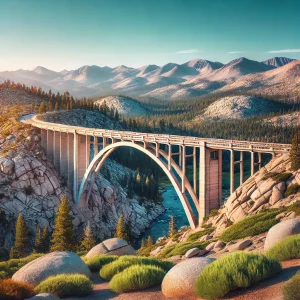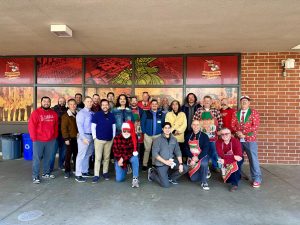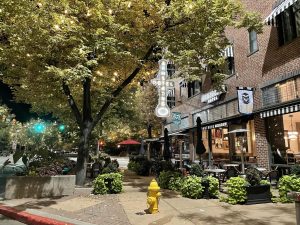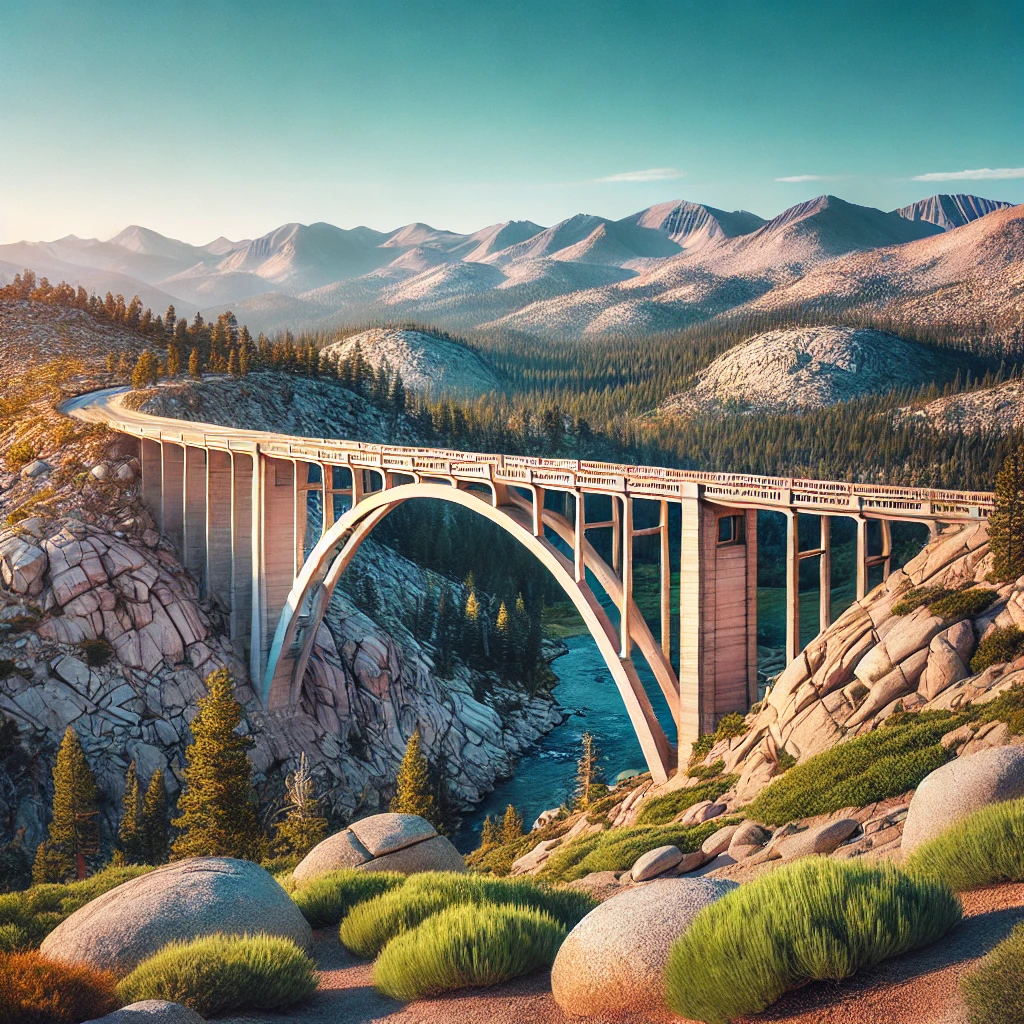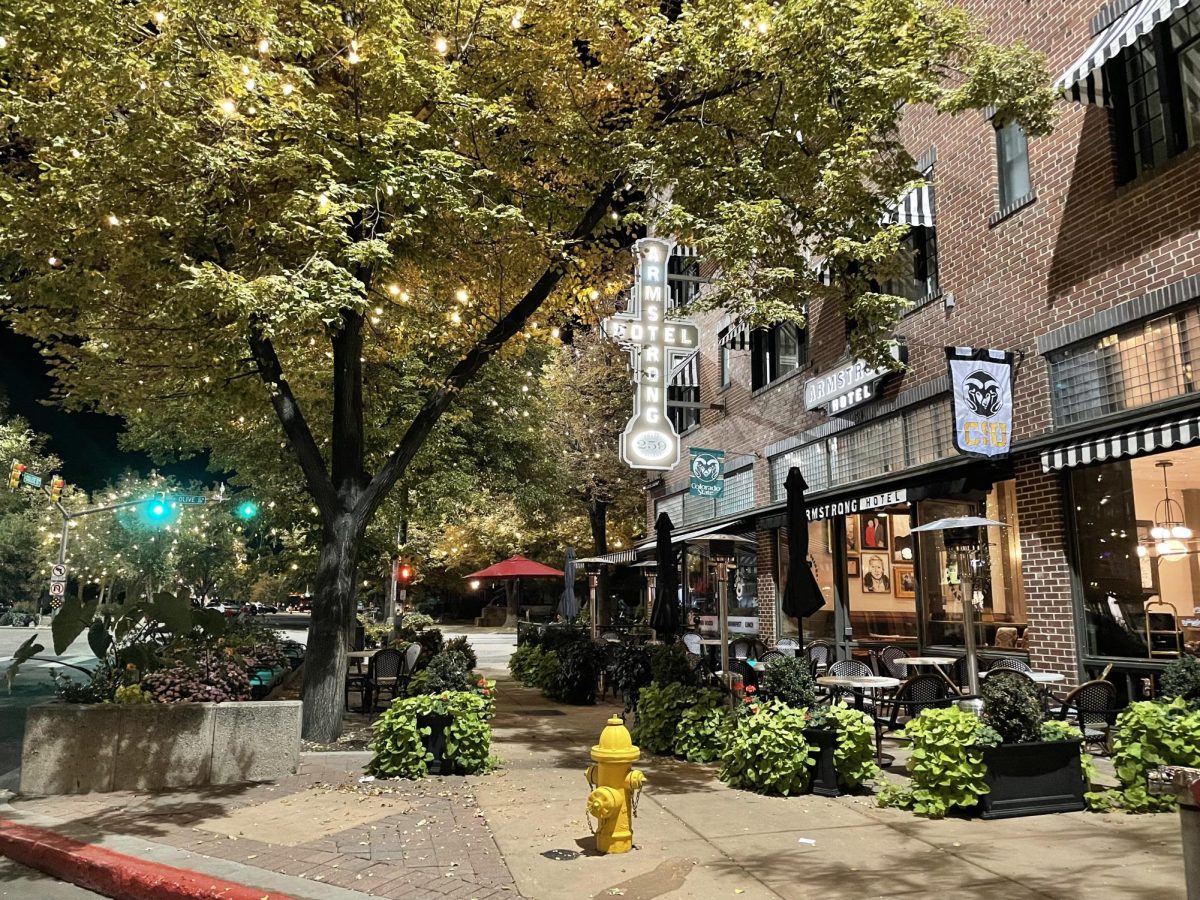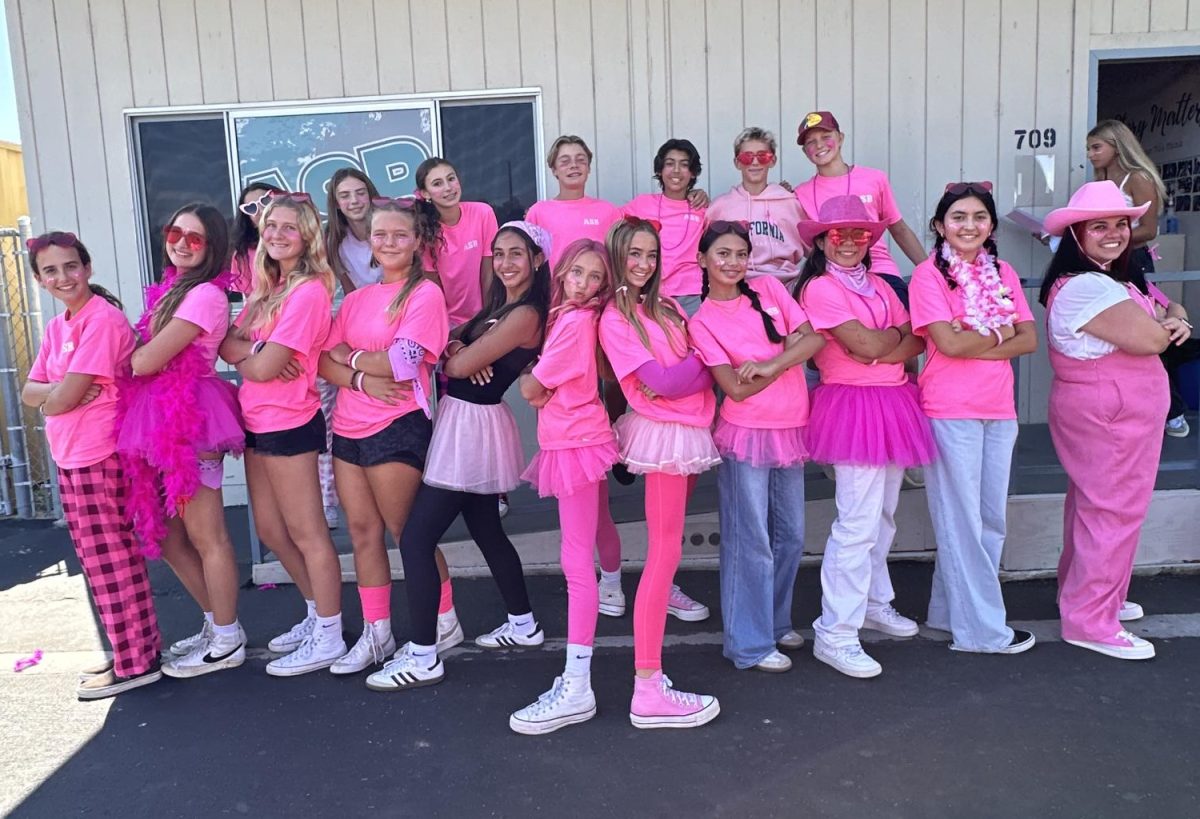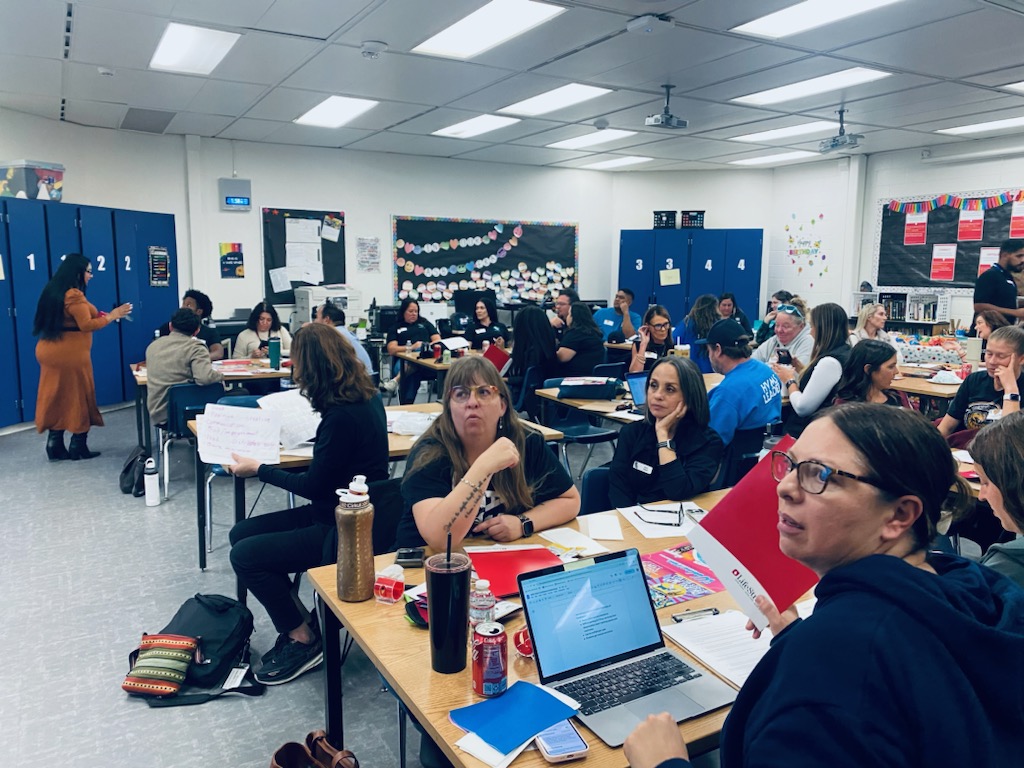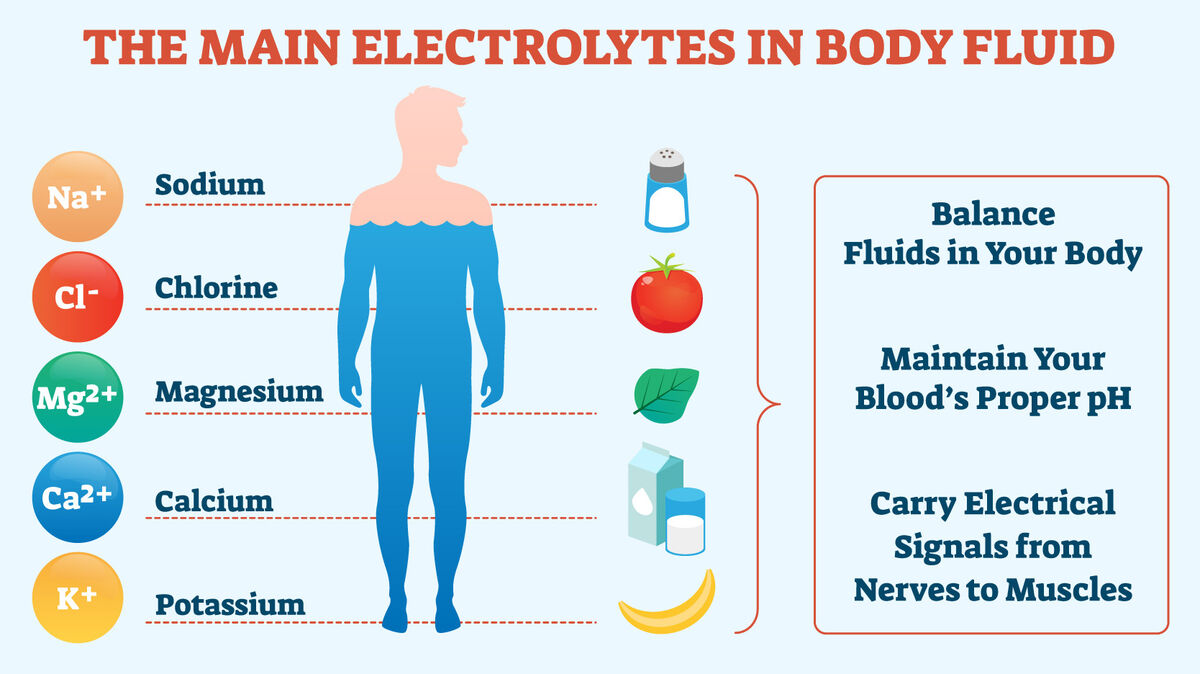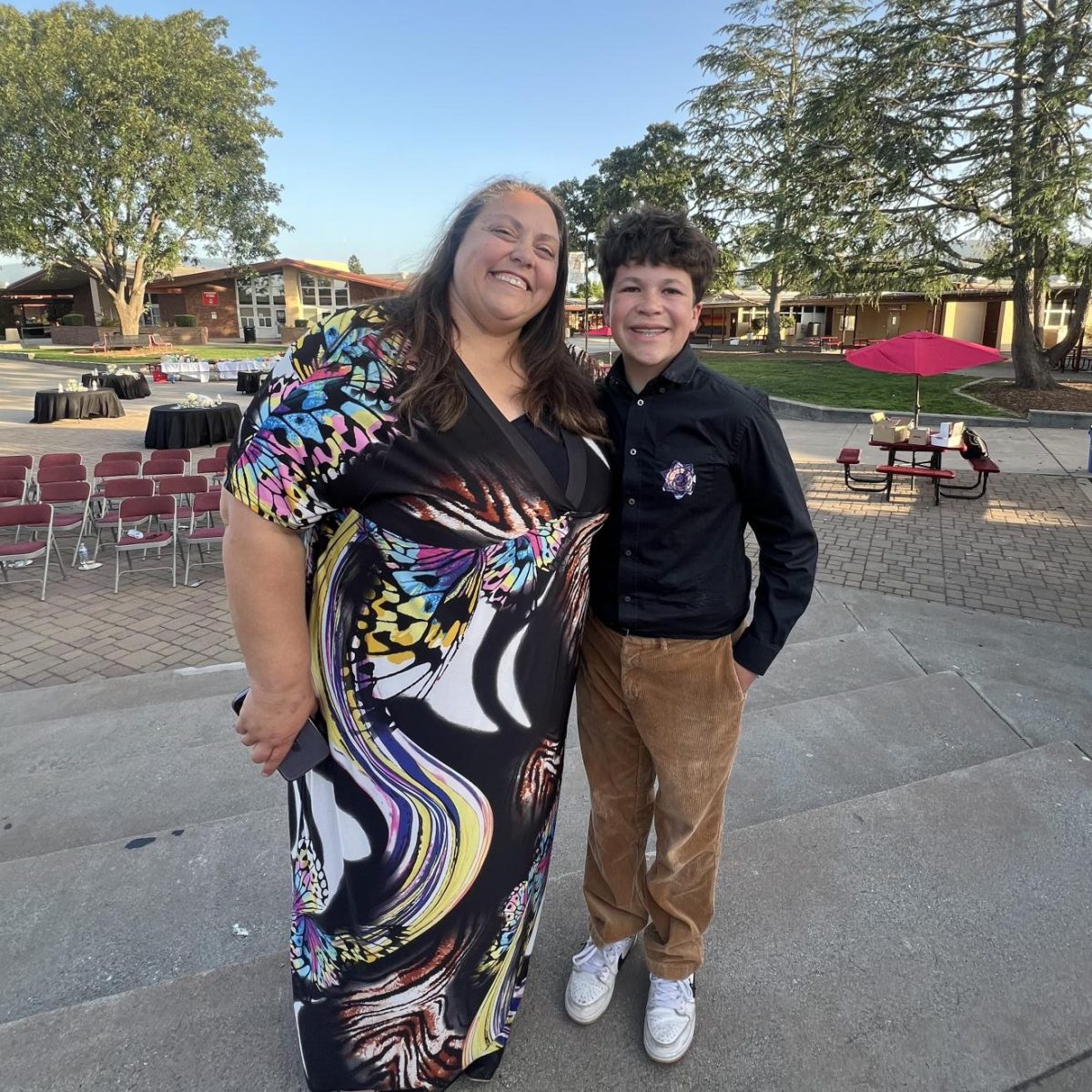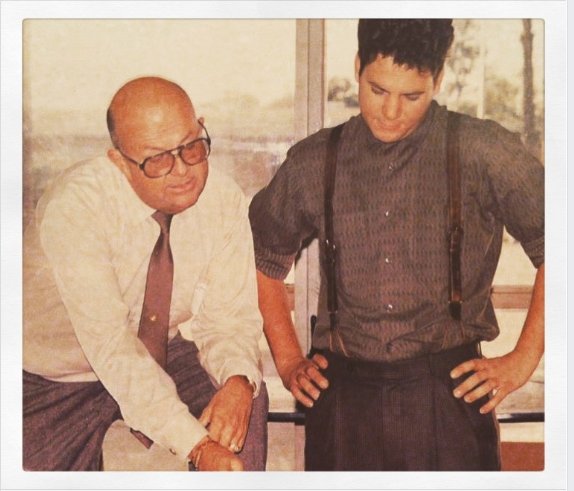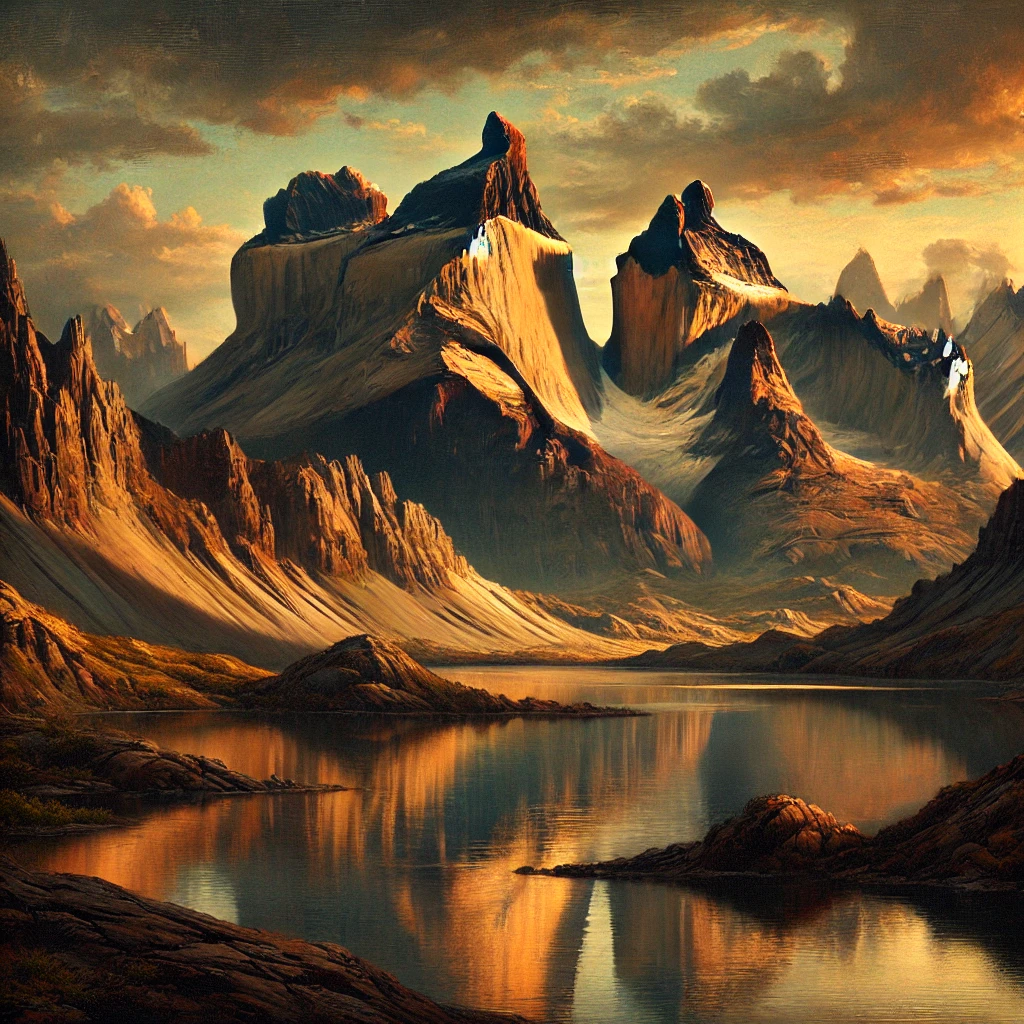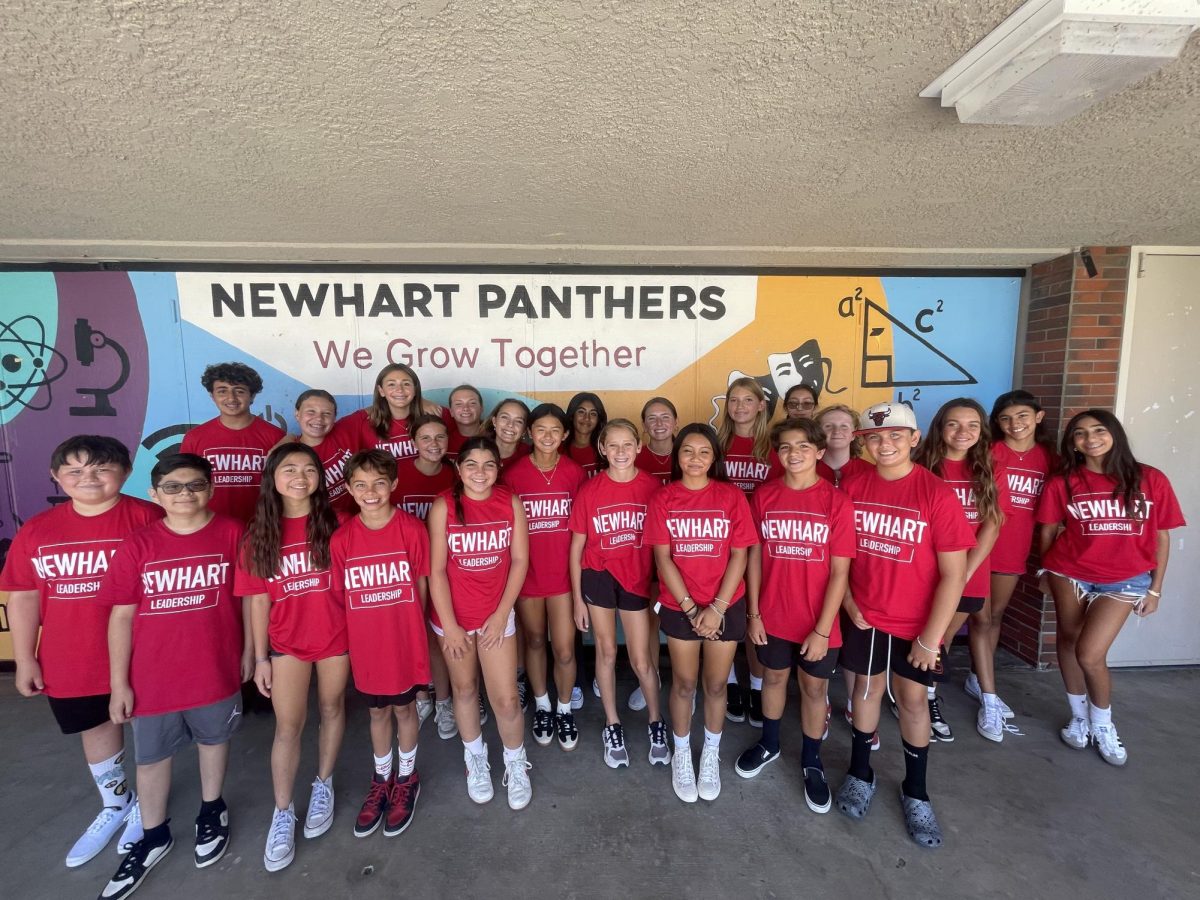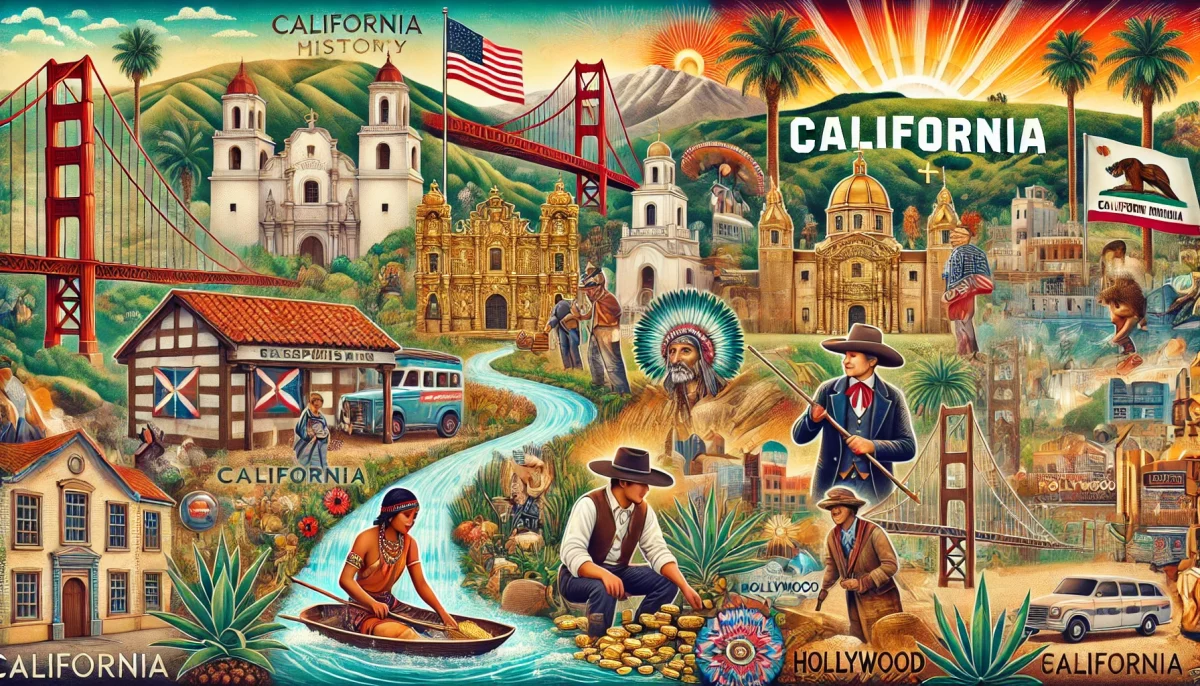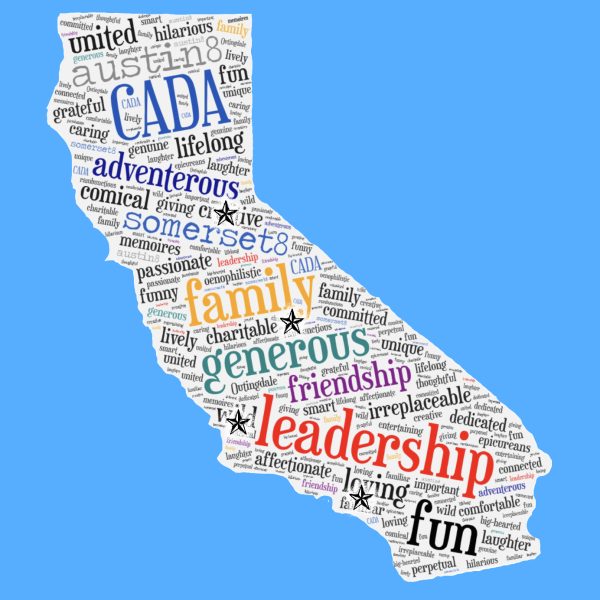
California is a state unlike any other, where history and natural splendor intertwine to create a unique landscape that continues to inspire both locals and visitors. For educators, especially those shaping the minds of middle school and high school students, California offers an unparalleled opportunity to connect lessons on history, geography, and conservation with the tangible beauty of the world around us.
A Brief History of the Golden State
California’s history is as diverse as its landscape. Long before it became a part of the United States, indigenous peoples such as the Chumash, Tongva, and Miwok thrived along its coasts, mountains, and valleys. With the arrival of Spanish explorers in the 16th century, California became part of the Spanish Empire, followed by Mexican rule, and eventually, in 1850, it was admitted as the 31st state of the United States.
The mid-1800s Gold Rush transformed California from a remote frontier to a destination for people across the world seeking fortune. Cities like San Francisco and Sacramento quickly expanded, and with the completion of the Transcontinental Railroad in 1869, California was firmly connected to the rest of the country.
Fast forward to today, and California is a global hub for technology, agriculture, and entertainment. From Silicon Valley’s innovations to the world-renowned vineyards of Napa Valley, it stands at the crossroads of progress and tradition, ever evolving while remaining deeply rooted in its rich past.
California’s Natural Beauty: A Classroom Without Walls
What makes California truly magical for educators is its abundance of stunning landscapes, perfect for student learning and exploration. From its towering redwoods to pristine beaches, here are a few of the state’s most breathtaking spots:
Yosemite National Park: Famous for its granite cliffs, waterfalls, and ancient sequoias, Yosemite is a living classroom where students can witness the grandeur of nature. The park’s history of conservation, led by figures like John Muir, is a great starting point for discussions on environmental stewardship.
Big Sur: Known for its dramatic coastline and winding roads, Big Sur offers students a look at California’s rugged beauty. The region is perfect for exploring the intersection of literature and nature, as many writers, such as Jack Kerouac, were inspired by its landscapes.
Lake Tahoe: Straddling the border of California and Nevada, Lake Tahoe is one of the clearest, most beautiful alpine lakes in the country. The area provides a hands-on opportunity for lessons on geography, climate, and the delicate balance of ecosystems.
Death Valley National Park: Despite its foreboding name, Death Valley is a place of surprising diversity. It offers educators a chance to teach about desert ecosystems, geological formations, and even astronomy, thanks to its dark skies ideal for stargazing.
The Golden Gate Bridge: No list of California landmarks would be complete without the iconic Golden Gate Bridge. It’s a symbol of human engineering achievement, a gateway to the bustling city of San Francisco, and a reminder of the cultural melting pot that California has always been.
Where’s Your “Go-To Spot”?
With so much to offer, every Californian has their own favorite place that they escape to when they need inspiration, peace, or adventure. Whether it’s a quiet beach, a hidden forest trail, or a bustling urban park, California has something for everyone. As educators, sharing our own “go-to spots” helps build a connection with our students and encourages them to discover their own places of reflection and learning.
Where is your “go-to spot” in California? How do the natural or cultural treasures of this state inspire you and the students you teach? We’d love to hear from you, please send in your “Go-To-Spot” by emailing the place to [email protected], please include the location, and your favorite parts of that “spot”. You can read past articles to get an idea, we’d love to share all that is California, where CADA calls home.
Conclusion
California’s beauty isn’t just in its majestic scenery but in its ability to connect students with the past, present, and future. Whether you’re discussing history, science, or even literature, the state’s diverse landscapes offer countless opportunities to make learning come alive. Encourage students to appreciate the world around them and understand the importance of preserving these natural wonders for generations to come. California, with its rich history and vibrant beauty, is more than just a place on the map—it’s an endless source of inspiration.
